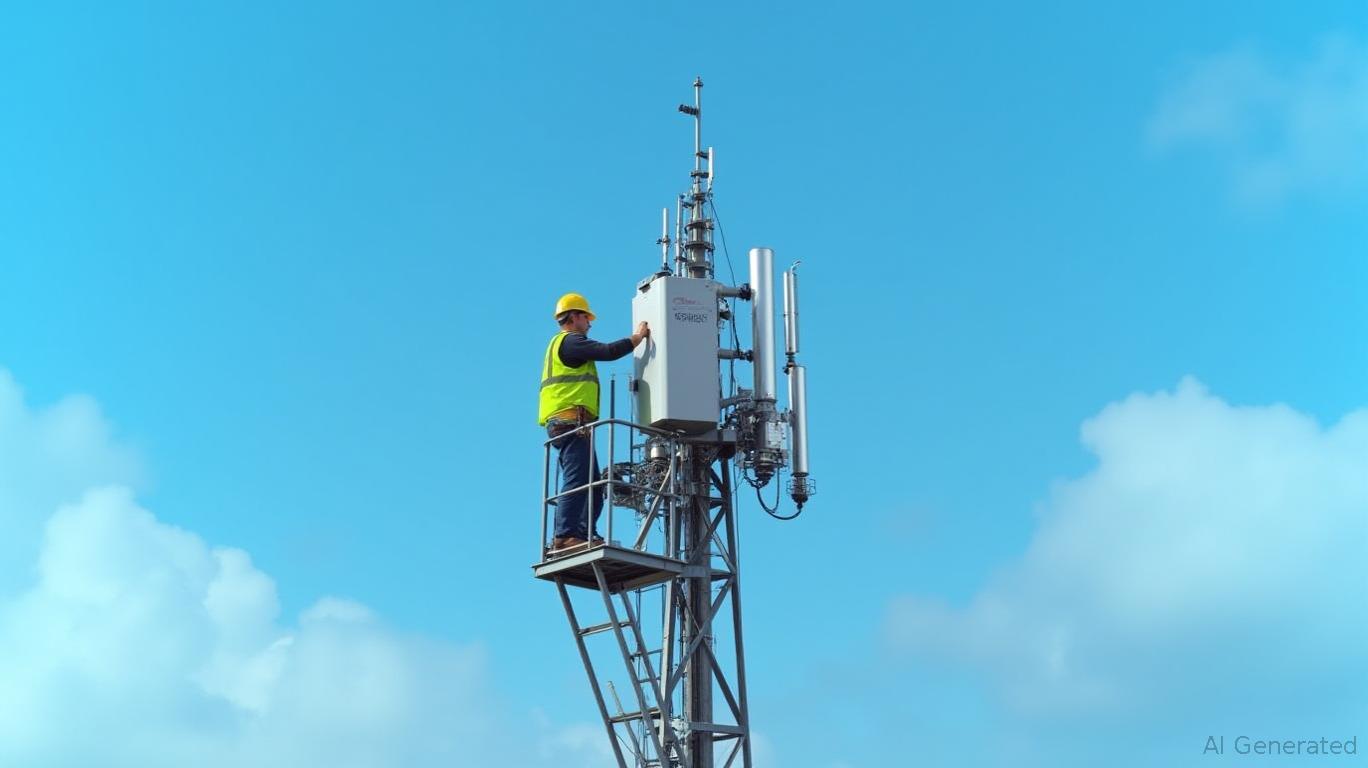Inseego Corp (INSG): 5G Ambitions Collide with Execution Risks in a Volatile Landscape

Investors betting on
Corp's (NASDAQ: INSG) 5G narrative must confront a stark reality: the company's soaring valuation expectations clash with stubborn structural risks. While Inseego's leadership in 5G edge solutions and its recent debt repayment offer glimmers of hope, a mosaic of execution challenges—including weak institutional backing, supply chain fragility, and a disconnect between ambitious growth plans and tangible returns—paint a high-risk profile. This article dissects why caution is warranted despite near-term volatility.The Retail Ownership Trap
Inseego's shareholder base is a cautionary tale. With a market cap of just $162 million as of late 2024, the stock is disproportionately held by retail investors, a demographic prone to herd behavior and volatility. reveals that over 70% of shares are held by individuals, while institutional ownership hovers near 10%. This imbalance amplifies susceptibility to panic selling during market downturns. For example, a 20% stock price drop in Q1 2025—a period of stable 5G demand—demonstrated how retail-driven shares can overreact to minor setbacks.
Operational Headwinds: Supply Chains and Strategic Gaps
Despite its niche 5G expertise, Inseego faces operational hurdles that threaten its growth trajectory. The company's Q1 2025 revenue of $31.7 million and 47.3% gross margin suggest technical competence, but its GAAP net loss of $1.6 million underscores persistent cash flow challenges. Supply chain disruptions, particularly in components for its Fixed Wireless Access (FWA) devices, remain unresolved. Meanwhile, Inseego's reliance on partnerships like T-Mobile's Partner Plus Program exposes it to shifting carrier priorities. While the company claims progress in 5G Advanced trials, its product pipeline lacks the scale to compete with giants like Qualcomm or Ericsson, leaving execution timelines in doubt.
The Nickel Misconception—and Real Structural Risks
The premise linking Inseego to nickel prices is misplaced. Inseego operates in 5G infrastructure, not mining or battery production. However, broader structural risks loom:
1. Global 5G saturation: As markets like the U.S. and Europe approach 5G saturation, Inseego's FWA and MiFi portfolio may face diminishing returns.
2. Regulatory uncertainty: Delays in spectrum allocation and licensing in emerging markets could stall expansion.
3. Capital constraints: With a $31.7M quarterly revenue run rate and a $195M trailing twelve-month revenue, Inseego lacks the scale to weather prolonged demand slumps.
The Disconnect Between Bets and Returns
Inseego's stock price—up 40% year-to-date despite flat revenue growth—reflects irrational exuberance. The company's Q2 2025 guidance ($37M–$40M revenue, $2.5M–$3.5M EBITDA) assumes no tariff-related setbacks, yet geopolitical risks (e.g., U.S.-China tech tensions) remain unresolved. CEO Juho Sarvikas' focus on cash flow and shareholder value is commendable, but the path to profitability remains narrow. shows its margins lagging behind rivals, a red flag in a capital-intensive sector.
Conclusion: A High-Reward, Higher-Risk Gamble
Inseego's 5G expertise and debt-free balance sheet offer potential rewards. However, its small size, retail-dominated shareholder base, and execution risks—amplified by global macroeconomic fragility—create a precarious investment thesis. Historical data underscores this risk: a backtest of buying INSG on positive quarterly earnings surprises and holding for 20 days from 2020 to 2025 resulted in a -71.84% return, with a maximum drawdown of -77.54%, indicating a high-risk, low-return profile. While short-term volatility may tempt traders, long-term investors would be wise to await clearer evidence of scalable growth and institutional validation. Until then, Inseego remains a speculative play, not a core holding.
Data as of May 26, 2025. All figures sourced from Inseego's Q1 2025 earnings report and publicly available financial disclosures.

Comments
No comments yet